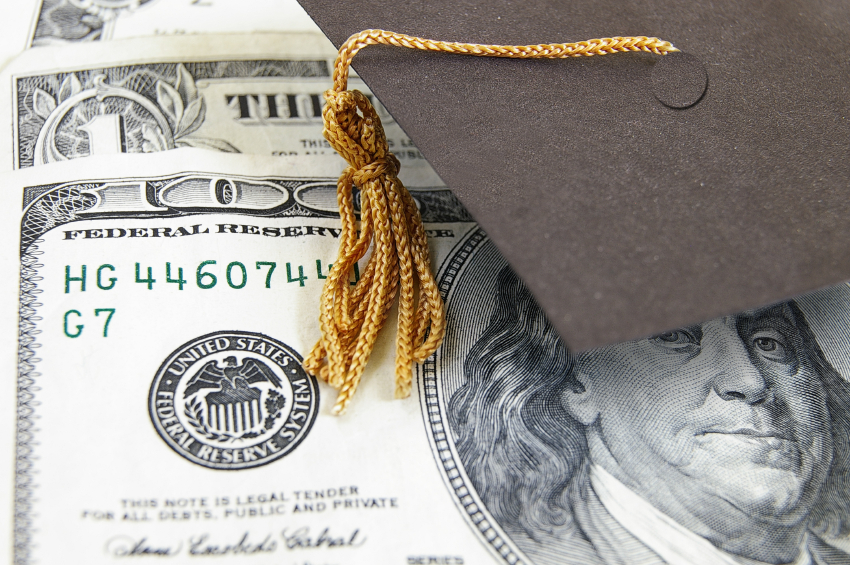Student Debt in Maryland: A Cap and Gown Shouldn’t be a Ball and Chain
Some estimates put the debt burden for Maryland’s college student borrowers as the highest in the nation, threatening not only their own economic futures, but that of the entire state. Student loan debt has become a topic of national concern as more and more college graduates are facing intimidating levels of debt before they even begin their working lives. 
This paper describes the factors that lead to such high levels of debt for Maryland’s student borrowers and discusses the consequences of this debt on borrowers and the economy. It also discusses potential solutions to the problem at the state level, particularly as they relate to state investment in higher education and the cost of tuition.
Support for public colleges and universities in Maryland has not kept up with increasing enrollment. Despite efforts to reduce the growth of tuition in recent years, such as temporary tuition freezes, Maryland’s investment in higher education trends in the same direction as the rest of the country, decreasing by 12 percent – over $1,000 per student – since the start of the Great Recession in 2008. With less state funding, colleges and universities become more dependent on tuition to operate.
Meanwhile, household income has remained stagnant, increasing by just over 1 percent, while the cost of attending a public four-year college or university has increased by 25 percent, far outstripping the rate of inflation and wages. When tuition increases more quickly than wages, students, and families must make up the difference through increased borrowing.
This borrowing comes at a cost for students and the economy. Graduates with significant debt face much tougher economic challenges than those who do not have to borrow to finance their education. Those debtor graduates who do find good jobs lose a significant portion of their income to debt payments, and thus are less able to make investments that are crucial to improving their economic security. In this regard, higher education actually serves to widen existing social strata, even though many view a college degree as a class equalizer.
Reducing student debt will require policymakers to consider programs to help those who have already taken out loans to manage their payments, such as repayment schedules that are based on a graduate’s income. But to address the underlying problem rather the symptoms, lawmakers will have to increase public investment in higher education and stabilize or reduce tuition. Maryland lawmakers need to see their support for higher education as a public good, with a specific focus on keeping the cost of tuition low.
